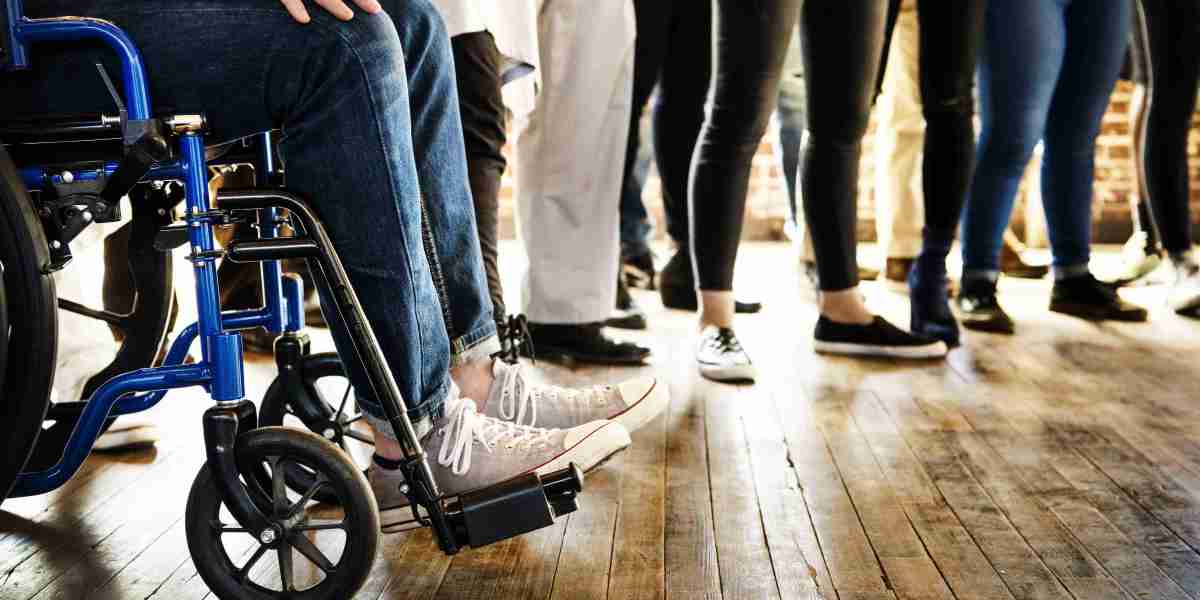Packing for Europe can feel overwhelming, especially with so many countries, climates, and activities to consider. The good news is, you don’t need to carry your entire wardrobe. With the right Europe packing list, you can travel light, stay comfortable, and still have everything you need.
This guide answers the most common search queries like What to Pack for Europe Trip, how many clothes to bring, and what essentials are needed for a Europe trip. Let’s get started.
1. Important Travel Documents for Europe
Europe is full of history and beauty, but you won’t enjoy it without the right documents. Pack these first:
Passport (valid for at least 6 months after travel)
Visa (for Schengen countries if required)
Travel insurance papers
Flight and hotel confirmations (printed and digital copies)
International driver’s license (if you plan to rent a car)
Copies of all important documents saved online
2. Clothing Guide: Dress Smart and Light
When people ask, “What clothes should I pack for Europe?” the answer depends on the season and region. Here’s a breakdown:
Summer (June–August): T-shirts, shorts, light dresses, hats, and sandals. Southern Europe (Spain, Italy, Greece) can get very hot.
Winter (December–February): Thermal tops, sweaters, coats, gloves, scarves, and waterproof boots. Northern Europe is very cold.
Spring/Autumn: Layering is key. Carry jackets, cardigans, and waterproof outerwear for rain.
Shoes: One pair of comfortable walking shoes is a must. Add one stylish pair for evenings.
Tip: Europeans dress casually but neatly. Avoid packing too many sporty clothes if you want to blend in.
3. Toiletries and Personal Care Essentials
Toiletries take up space, so only pack what’s necessary:
Toothbrush, toothpaste, deodorant
Shampoo and conditioner (travel size)
Sunscreen and moisturizer
Hand sanitizer and wet wipes
Prescription medicines with doctor’s note
You can easily buy toiletries in European supermarkets, so don’t overpack.
4. Must-Have Electronics and Gadgets
A Europe trip involves lots of train rides, city walks, and photo-taking. Here’s what to bring:
Universal travel adapter (Europe uses types C, E, and F plugs)
Power bank
Smartphone with offline maps
Camera or GoPro for travel photography
Headphones
Lightweight laptop or tablet (if working remotely)
5. Travel Accessories for Stress-Free Travel
Small accessories can make a big difference:
Packing cubes for organization
Neck pillow for flights and trains
Daypack for daily sightseeing
Reusable water bottle
Money belt or anti-theft bag
Sunglasses and hat
6. Luggage: Carry-On or Check-In?
Carry-on bag (40L): Perfect for weekend trips or budget airlines.
Medium suitcase (60–70L): Best for 1–2 weeks.
Backpack: Ideal for backpackers and train travel.
Tip: Many European airlines like Ryanair or EasyJet have strict carry-on limits. Always check baggage rules before flying.
7. Packing Tips for Different Destinations
Europe is not one-size-fits-all. Here’s what to pack by region:
Mediterranean (Italy, Spain, Greece): Swimwear, sandals, sunglasses, light cotton clothes.
Scandinavia (Norway, Sweden, Finland): Warm jackets, hiking boots, layered clothing.
Central Europe (Germany, Austria, Switzerland): Casual clothes, jackets, and sturdy walking shoes.
UK & Ireland: Umbrella and waterproof jackets are musts.
8. Money and Security Essentials
Carry a mix of cash and cards (some small shops prefer cash).
Use a travel card to avoid high ATM fees.
Always notify your bank before traveling.
Keep money and documents in a money belt or RFID-blocking wallet.
9. Europe Packing Mistakes to Avoid
Overpacking too many clothes.
Forgetting plug adapters.
Carrying large bottles of liquids (restricted on flights).
Not packing comfortable shoes.
Ignoring seasonal differences.
10. Final Europe Packing Checklist
Before leaving for your Europe trip, double-check this list:
✅ Passport, visa, insurance
✅ Comfortable shoes
✅ Weather-appropriate clothes
✅ Travel adapter + charger
✅ Toiletries + medicines
✅ Small backpack + water bottle
✅ First-aid kit + travel pillow
For more travel tips and guides, keep following The Tourists World, your companion for smart and stress-free journeys.
FAQs About Packing for Europe Trip
Q1. What is the most important thing to pack for Europe?
A valid passport and travel adapter. Without these, you’ll face difficulties.
Q2. How many outfits should I pack for a 2-week Europe trip?
Pack 6–7 outfits that you can mix and match. Laundry services are common in Europe.
Q3. Can I wear sneakers in Europe?
Yes, sneakers are perfect for walking. Just avoid very bulky sports shoes.
Q4. Should I bring a backpack or suitcase for Europe?
If you’ll be taking trains, a backpack is easier. For city hotels, a suitcase is fine.
Q5. Do I need winter clothes for Europe in September?
No, September is mild in most countries, but bring a light jacket for evenings.
Q6. Is it safe to carry cash in Europe?
Yes, but use a money belt and avoid carrying too much at once.
Q7. Can I buy SIM cards in Europe?
Yes, local SIM cards are affordable and available at airports or phone shops.
Q8. Should I pack swimwear for Europe?
Yes, especially if you’re visiting Mediterranean beaches or hotels with pools.






